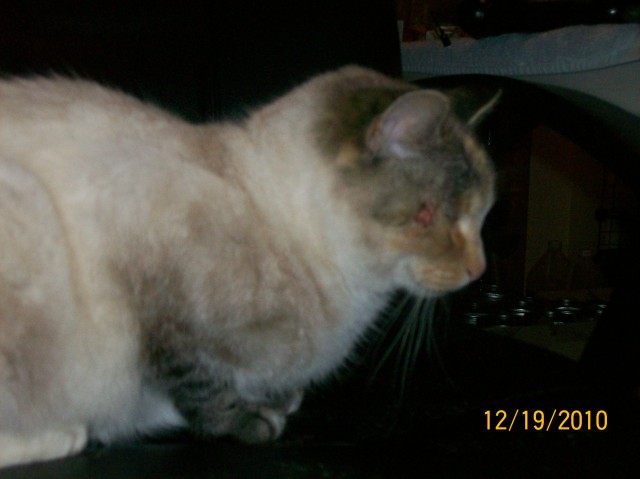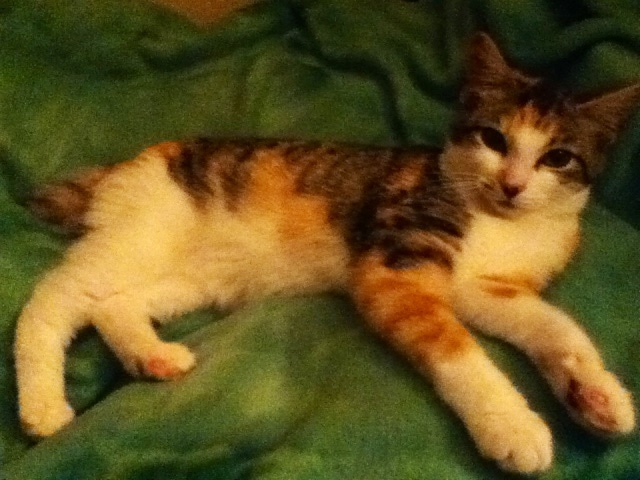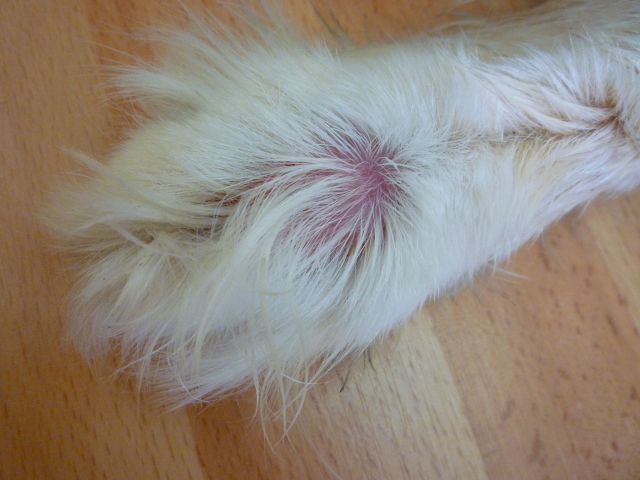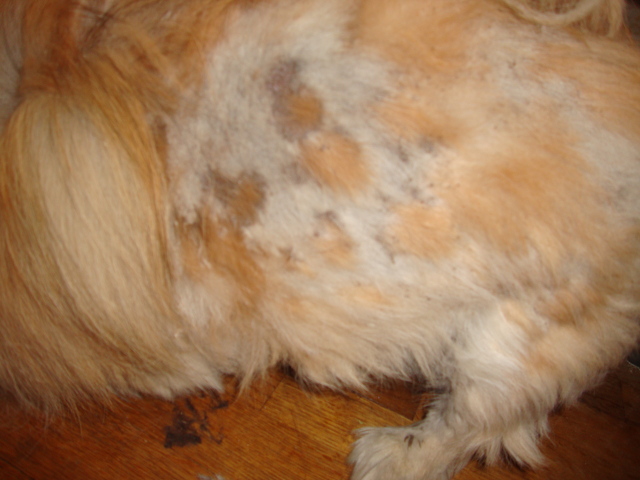QuestionQUESTION: Can you please tell me if Sempervivum (one of two types of "chicks and hens" plant) is toxic to cats? ASPCA.org lists chicks and hens as non-toxic, but only mentions Echeveria (the other type). I found on one website that Sempervivum is non-toxic and another that says it is toxic -- so I am not trusting internet research right now. I have one cat that loves to eat plants. Thanks!
ANSWER: Well I just did some exhaustive research as well and all I came up with is the same thing. The ASPCA says no, the Cornell University Poisonous plant list both say no, but other ones I found (less reputable ones) say yes for this one only-->Sempervivum.
Having said that, I would err on the side of caution and keep it away from your cat. Hang it high so that he can't get to it.
If you do a search online, make sure you use a veterinary university site or go to a reputable nursery site or agriculture site.
That's what I do.
---------- FOLLOW-UP ----------
QUESTION: Thanks for your prompt reply!! If it is poisonous, do you have any idea how bad it is/what damage it can do? I understand that since we cannot find definitive information about whether or not it is toxic that this answer may not be answerable! It's confusing that "chicks and hens" (the common name) has two subtypes that may be different, etc. . . . Thanks.
ANSWER: Well a lot of plants have subspecies but normally if one is non-toxic the subspecies will also be non-toxic.
Since I am now at home I have a better list of plants and this is what I have found:
http://www.ces.ncsu.edu/depts/hort/consumer/poison/Sempesp.htm
Scientific Name
Sempervivum spp.
Common Name
Houseleek, stonecrop, live-forever
CAUSES ONLY LOW TOXICITY IF EATEN. SKIN IRRITATION MINOR, OR LASTING ONLY FOR A FEW MINUTES.
Characteristics
Family
Crassulaceae
Plant Description
Succulent perennial herb; leaves in a tight rosette, pointed; flowers of 6-many parts.
Origin
Eurasia and Africa.
Where Found
Houseplant or interiorscape.
Mode
Ingestion, dermatitis.
Poisonous Part
Leaves, but of low risk.
Symptoms
Unknown if ingested; skin irritation from cell sap.
Toxic Principle
Alkaloids.
Severity
CAUSES ONLY LOW TOXICITY IF EATEN. SKIN IRRITATION MINOR, OR LASTING ONLY FOR A FEW MINUTES.
(here is a link to the photo- http://www.ces.ncsu.edu/depts/hort/consumer/poison/images/SempeTe1.htm)
Now this is for people but it applies to cats as well.
I hope that this helps more!!
---------- FOLLOW-UP ----------
QUESTION: Thanks again . . . knowing the manifestations is super helpful!! I like knowing dermatitis, stomach upset, versus kidney failure!! Based on that I was hoping you can provide just a little more info. about the manifestations for these (then I will stop asking follow ups!):
1 - gardenia
2 - lucky bamboo
(lavender is okay, right?)
I had the above two in my home and my cat one or both. I didn't know they were both toxic until recently and she seems fine, but want to know if there were more GI consequences that likely passed, or if I should be worried about something more serious and internal.
I think I am going to keep the Sempervivum in the house and just out of the way, but I removed the lucky bamboo and gardenia (well the gardenia died).
Thanks!
AnswerThis is where I found the other plant. I didn't see anything in here called Lucky Bamboo or the gardenia. Either they are not poisonous or there is another name for lucky bamboo.
http://www.ces.ncsu.edu/depts/hort/consumer/poison/indcoa_e.htm
You can look them up by scientific name or common name.

 Cat with a sore by her eye
Question
"Lightnings" cut
My female half Siam
Cat with a sore by her eye
Question
"Lightnings" cut
My female half Siam
 Tailed Manx Kitten docking tail?
QuestionQUESTION: Hello,
I got tailed manx kitt
Tailed Manx Kitten docking tail?
QuestionQUESTION: Hello,
I got tailed manx kitt
 Guinea Pig Eyes
Question
Bad Eye
Hello, yesterday we purchased a
Guinea Pig Eyes
Question
Bad Eye
Hello, yesterday we purchased a
 Red irritated foot
QuestionIrritated foot
QUESTION: For the past we
Red irritated foot
QuestionIrritated foot
QUESTION: For the past we
 pekingese skin problems
Question
1 i have 4 more pic i
i was wonerin wat my ad
pekingese skin problems
Question
1 i have 4 more pic i
i was wonerin wat my ad